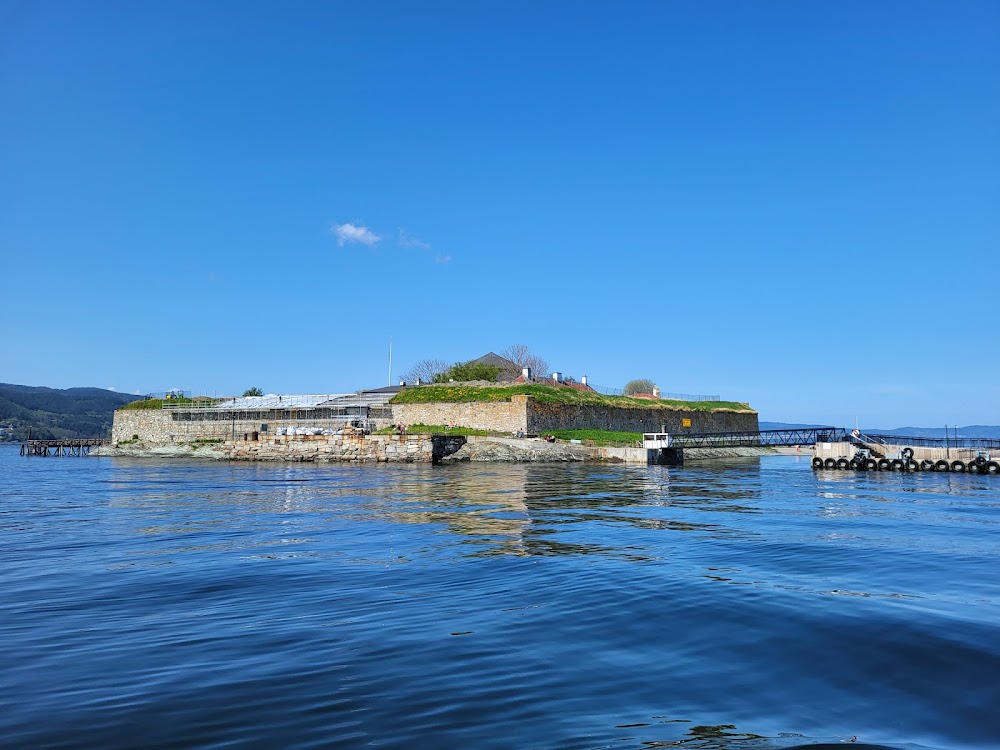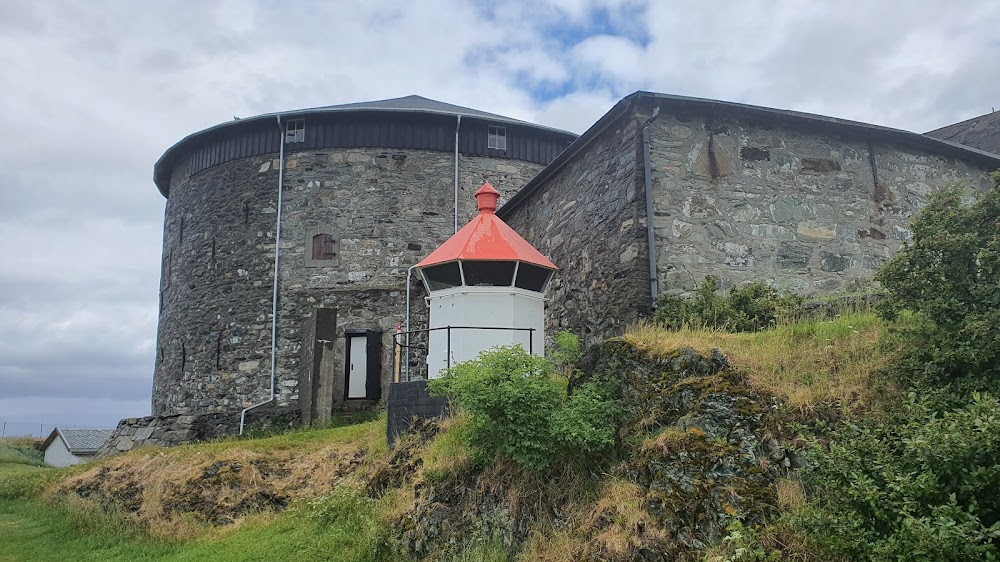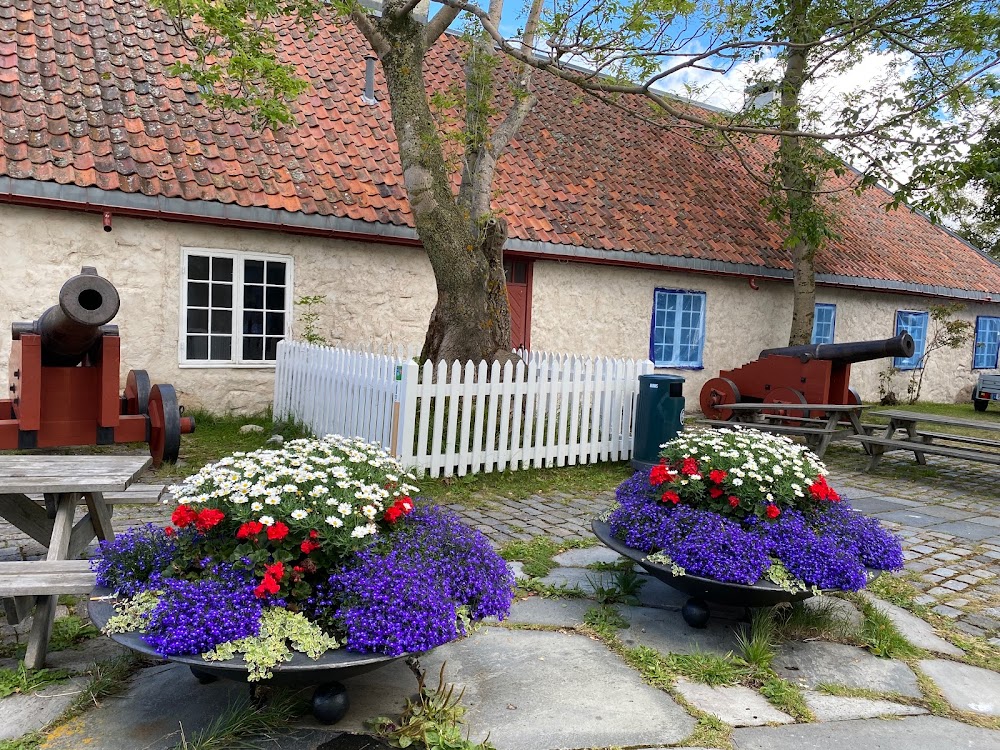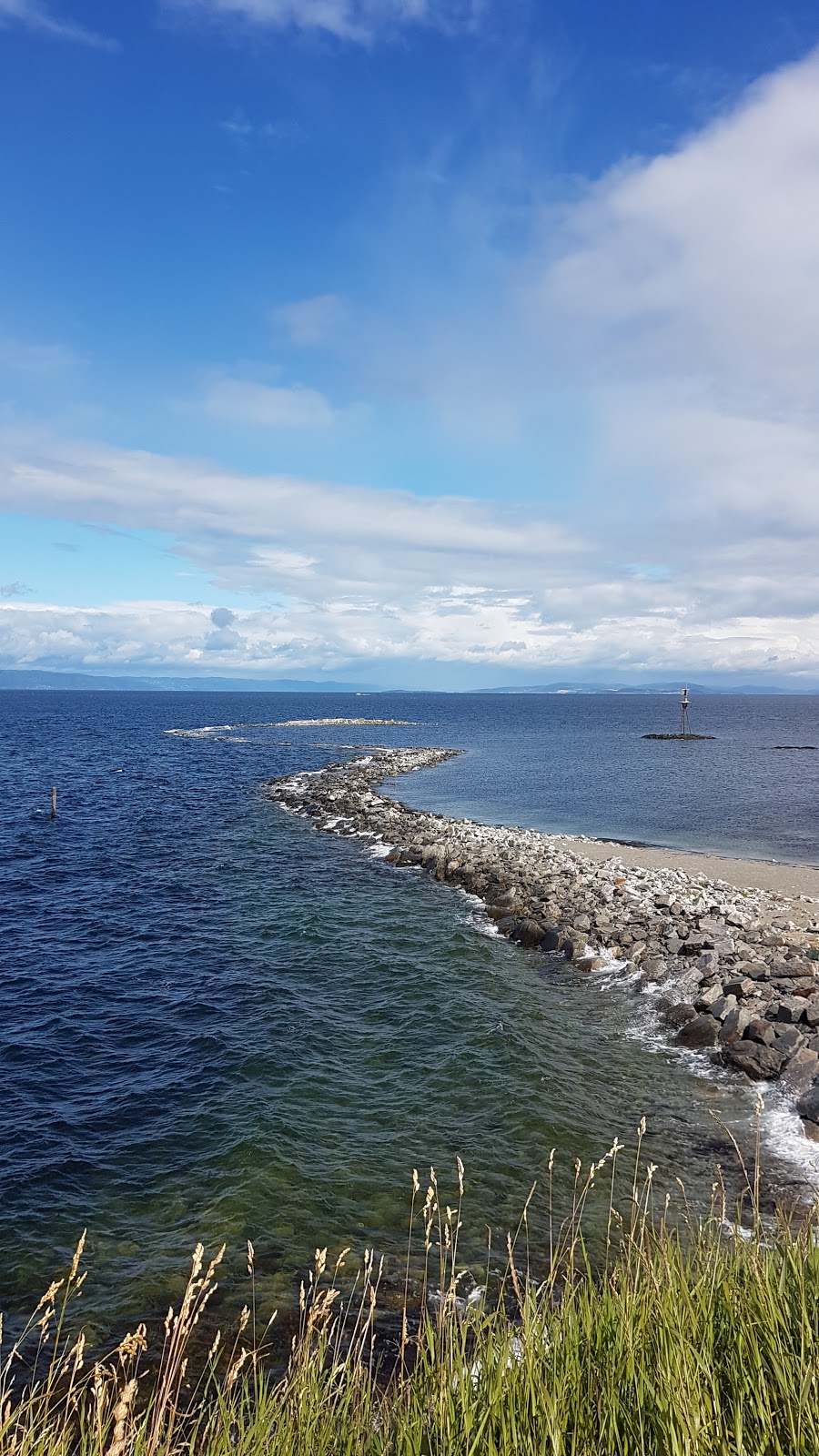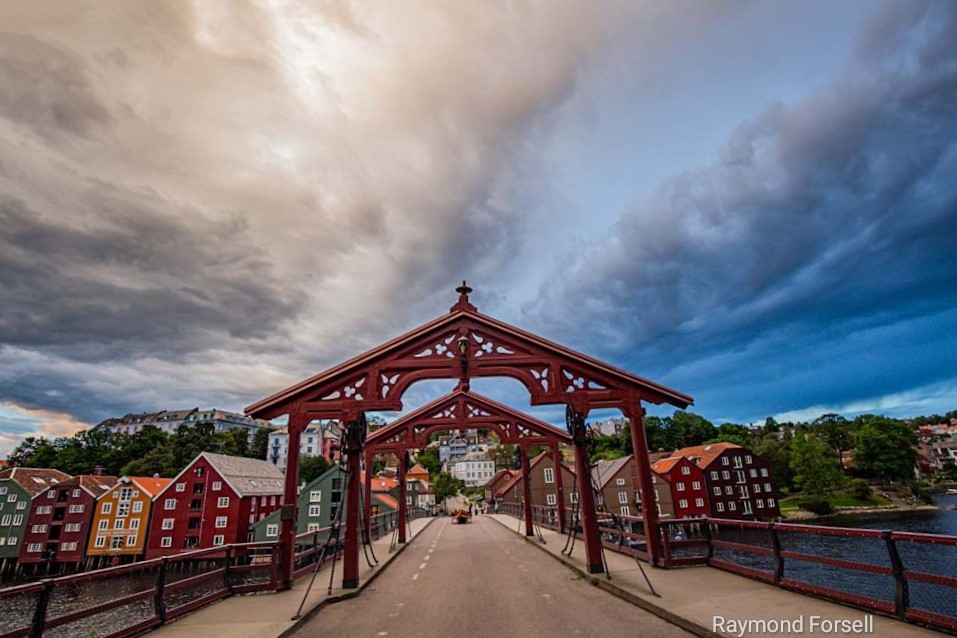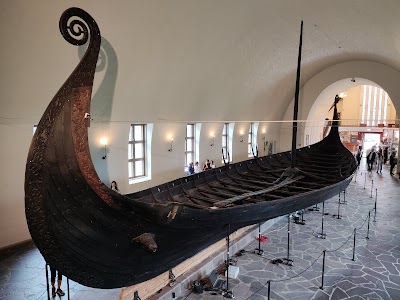Munkholmen (Munkholmen)
Overview
Munkholmen is a captivating small island located just off the coast of Trondheim in Trøndelag, Norway. This enchanting spot boasts a rich history that dates back to the Viking Age when it was notorious as an execution site. The island's name, derived from the Norwegian word "munk," translates to "monk," a nod to its later transformation into a Benedictine monastery during the Middle Ages.
In the early 11th century, King Olav Tryggvason of Norway commissioned the construction of Nidaros Cathedral and the founding of Trondheim. Around this same period, the first ecclesiastical structure was erected on Munkholmen, providing a tranquil retreat for monks and serving as a vital religious center until the Reformation in the 16th century brought an end to monastic life in Norway.
As the late 17th century approached, Munkholmen underwent significant military fortification under King Christian V of Denmark-Norway, driven by concerns over potential attacks from hostile forces. In 1661, the construction of a star-shaped fortress began, crafted from stone and brick. This impressive structure featured thick bastions, fortified walls, and a central tower, all designed by the skilled Danish engineer Ernst Burmeister. Notably, the fortress served as both a defensive stronghold and a state prison, housing the influential statesman Peder Schumacher Griffenfeld from 1680 until his death in 1699.
By the early 19th century, advancements in military technology rendered the fortress obsolete. However, Munkholmen found new life during World War II when Nazi Germany occupied the island and established it as an anti-aircraft gun station. The existing fortifications were reinforced, and new bunkers and gun emplacements were added. After the war, the island was decommissioned from military use and transformed into a historical site, allowing its rich past to be shared with the public.
Today, Munkholmen has become a popular tourist destination. Ferries regularly transport visitors from Trondheim's bustling harbor to the island, where they can wander through its well-preserved fortifications, enjoy breathtaking panoramic views of the Trondheim Fjord, and unwind on its small beach. Guided tours provide fascinating insights into the island's multifaceted history, spanning from monastic life to military significance.
Munkholmen is not solely a historical landmark; it also serves as a nature reserve, providing a habitat for various seabirds and native plant species. Efforts are being made to preserve its delicate ecosystem while ensuring public access to explore its beauty. Modern amenities, including a quaint café, enhance the visitor experience, allowing guests to relax and enjoy refreshments while immersing themselves in the island's intriguing narrative.
Throughout the centuries, Munkholmen has evolved from a site of execution and monastic solitude to a fortified military outpost and ultimately a cherished historical landmark. Its diverse roles reflect the dynamic history of Trondheim and the broader region of Trøndelag, Norway, making it a must-visit destination for history enthusiasts and nature lovers alike.


